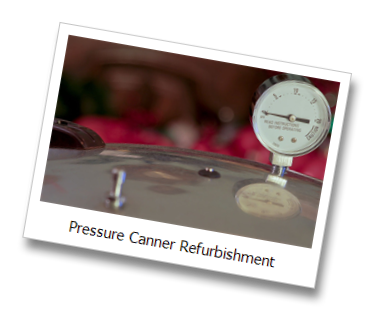“That’s a damn fine cookie.”
110 grams all-purpose flour
55 grams cocoa powder
1 teaspoon sea salt
1/4 + 1/8 teaspoon baking powder
98 grams butter
4 eggs
325 grams sugar
3/4 tablespoon vanilla
338 grams pecans
390 grams dark chocolate chips
390 grams white chocolate chips
450 grams milk chocolate
345 grams dried apricots
Preheat oven to 330 degrees Fahrenheit.
Chop apricots and pecans.
Sift together flour, cocoa powder, salt, and baking powder.
Melt together milk chocolate and butter.
Beat together eggs and sugar until foamy. Add vanilla and melted chocolate mixture.
Add dry ingredients and apricots. Then stir in pecans and chocolate chips.
Scoop dough onto parchment-lined sheet pans and bake 12-15 minutes until top looks a little dry and cookies appear to be set.
(Using a [easyazon-link keywords=”number 30 disher” locale=”us”]number 30 disher[/easyazon-link], this recipe yielded 54 cookies.)




